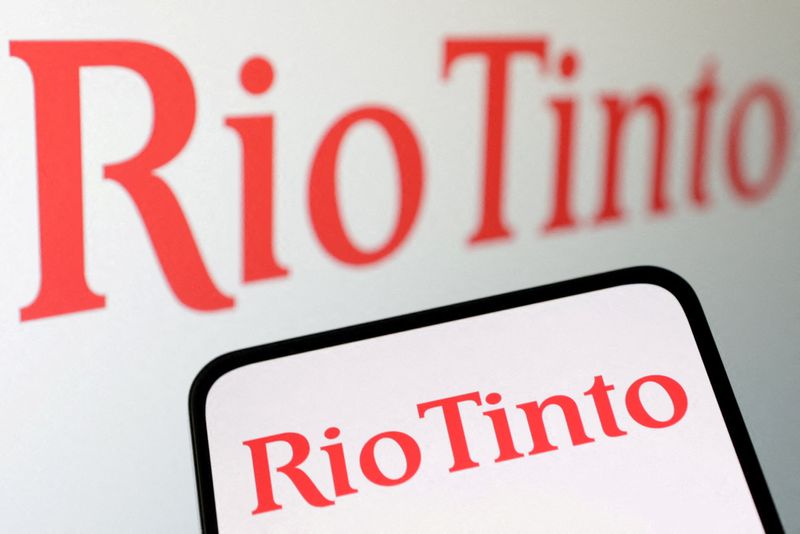
Rio Tinto $RIO (+0.93%) and its new partner Indium Corporation have successfully extracted the first primary gallium as part of a research and development project. The goal of this project is to produce commercial quantities of the critical and strategic mineral contained in the bauxite processed at Rio Tinto's Vaudreuil alumina refinery in Quebec, the only one in Canada.
This first step was carried out at Indium Corporation's research and development facility in Rome, New York.
The next phase of the project involves the evaluation of extraction techniques that will enable the production of larger quantities of gallium on a pilot scale. If successful, Rio Tinto plans to build a demonstration plant in Saguenay-Lac-Saint-Jean, financially supported by the Quebec government, with a capacity of up to 3.5 tons of gallium per year. With the transition to a commercial-scale plant, production could reach 40 tons per year, which corresponds to between 5 and 10% of current global gallium production.
Jérôme Pécresse, Chief Executive of Rio Tinto Aluminum, said: "We are very proud to announce this significant milestone in our important research and development project to extract gallium from our aluminum operations in Quebec. Through this innovative partnership, Rio Tinto and Indium Corporation are working together to strengthen the North American supply chain for gallium, a critical and strategic mineral.
Ross Berntson, President and Chief Executive Officer of Indium Corporation, added: "This achievement is an important milestone that reflects our commitment to meeting the global needs of the industry by ensuring a sustainable supply of gallium. Our combined efforts position North America as a leader in the production of critical materials."
Primary gallium is used in key sectors such as the manufacture of integrated circuits, which are essential for modern technologies such as high-performance radar, smartphones, electric cars and laptops. Gallium is only produced in limited quantities worldwide, an estimated 600 metric tons per year, and only outside North America.
In addition to aluminum, copper, iron ore and titanium dioxide, Rio Tinto already produces a wide range of critical minerals at its North American facilities, including scandium for aluminum alloys, tellurium for solar panels, lithium for electric car batteries and molybdenum for steel alloys. Additional research and development initiatives are underway to evaluate the possibility of extracting new materials from the company's existing operations and to strengthen the supply chain for these materials.

